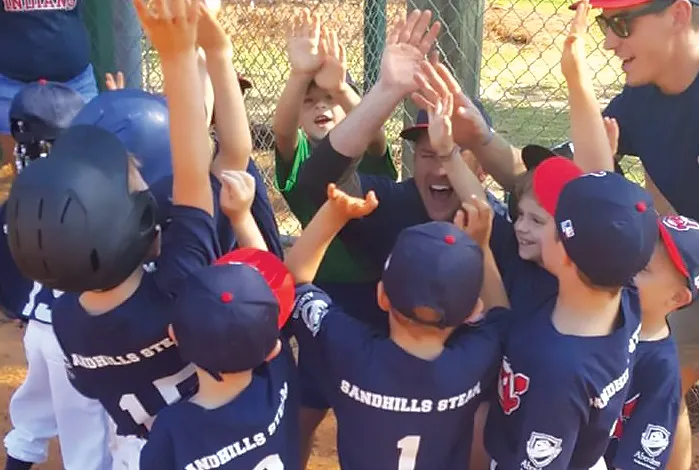Why it matters in youth-sports programs
It’s amazing how today’s youth-sports volunteers know much more about coaching kids compared to the era in which many of those volunteers were youth athletes. Back (way back!) when I played, no matter the level or the sport, a player was expected to “buy-in” to the coach’s philosophy. I remember it well. There were the tough teams, or the dirty teams, or the fun teams. They each had a different identity, almost always shaped by the head coach.

